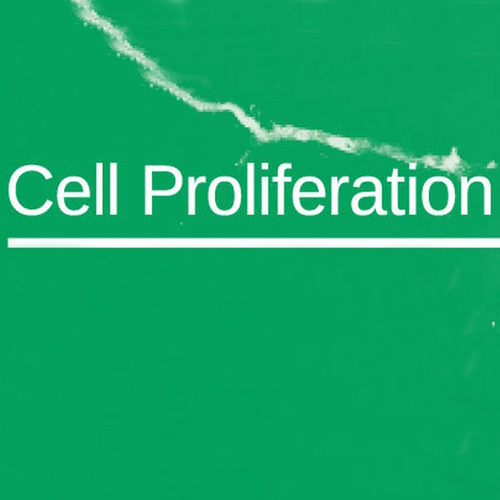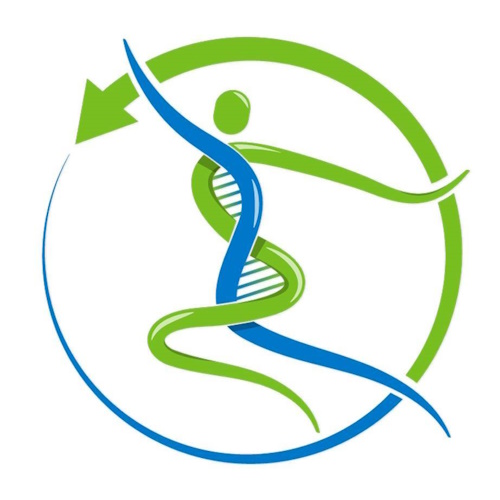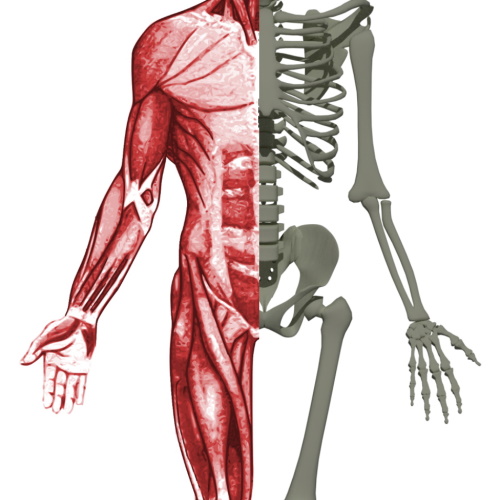Key points from article :
Cellular self-renewal abilities decline with aging, leading to problems like frailty and muscle weakness.
Researchers identified three key factors (LIN28, TERT, and p53) related to embryonic muscle development that are tightly regulated during embryonic development.
By combining these factors into LTS and administering them to stem cells, the cells remained functionally youthful, continued to divide, and showed a reduced senescence marker.
LTS-affected cells did not exhibit signs of cancer and maintained their protection against DNA damage, while still being able to differentiate into functional muscle tissue cells.
All three LTS factors were required for cells to maintain their doubling and differentiation abilities; administering only one or two factors did not have a positive effect.
Elderly people with cachexia had their stem cells exposed to LTS factors and injected into the muscles of mice, where the stem cell populations remained effective even after a year.
The research is still in a preclinical stage, but it offers potential for targeted treatments and may pave the way for effective treatments in people.
Research by University of Chinese Academy of Sciences, Beijing, published in Cell Proliferation.







